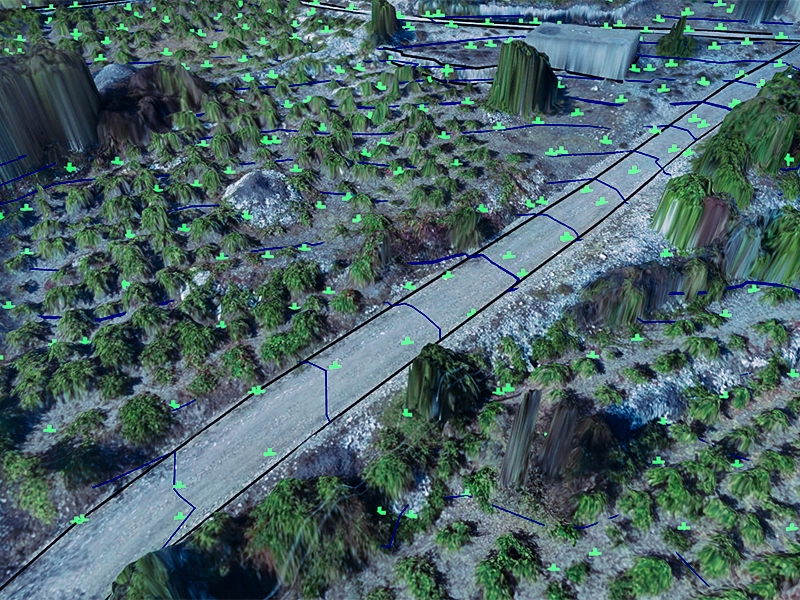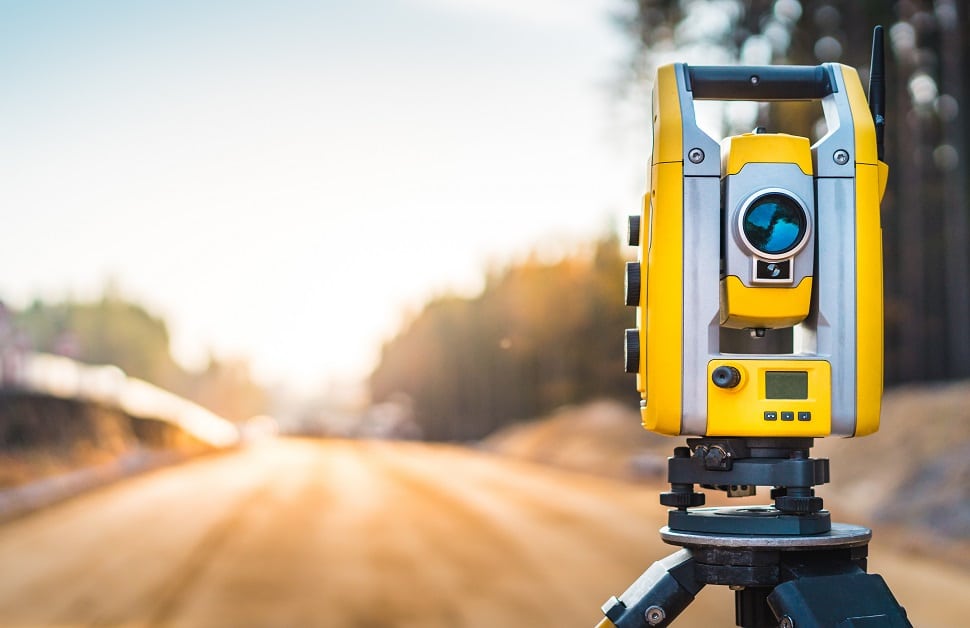Measured Building Surveying for Real Estate and Architectural Projects
Measured Building Surveying for Real Estate and Architectural Projects
Blog Article
Vital Tools and Methods in Establishing Out Design
The self-control of setting out engineering counts greatly on a suite of important tools and techniques that underpin the accuracy and effectiveness of task execution. What effects does this hold for future design methods?
The Importance of Accurate Dimensions

The relevance of accurate measurements expands beyond plain compliance; they are integral to the total performance of design processes. Errors can cause worldly waste, project delays, and enhanced labor prices, ultimately influencing the project's bottom line. In addition, specific dimensions enhance the top quality of the end product, guaranteeing that it carries out as planned and fulfills the expectations of stakeholders - setting out engineering.
Moreover, the significance of accurate measurements appears in different engineering techniques, including civil, mechanical, and electrical design. Each field demands an one-of-a-kind strategy to measurement, yet the underlying need for accuracy continues to be consistent. As jobs end up being increasingly complex, the dependence on accurate measurements will just magnify, underscoring the demand for regular improvements in dimension techniques and technologies. Thus, cultivating a society that focuses on accuracy is necessary for the future of design.
Crucial Tools for Setting Out
Laying out, a crucial phase in the engineering and building procedure, relies greatly on specific tools that guarantee precise area and positioning of structures. Amongst these devices, the property surveyor's degree stands out, giving specific straight measurements necessary for establishing referral factors. This instrument allows engineers to figure out elevation changes and maintain uniformity across the job website.
The overall station is another crucial tool, incorporating electronic range dimension with angular measurement abilities. This technology improves effectiveness and precision in capturing spatial information, allowing for reliable website layout and preparation.
Additionally, the usage of determining tapes and marking tools, such as chalk lines or stakes, is essential for temporarily marking limits and vital factors on the site. These standard devices, though easy, are crucial for making sure clear interaction among the building and construction team concerning task specifications.
Last but not least, general practitioner innovation has actually acquired traction in establishing out processes, giving real-time placing data and considerably improving accuracy over conventional approaches. Collectively, these vital devices develop the backbone of efficient laying out practices, inevitably adding to the effective implementation of engineering and construction projects.
Advanced Surveying Techniques
Advanced checking methods play a critical duty in enhancing the precision and effectiveness of engineering projects. These strategies incorporate a series of techniques that provide accurate data for design and building and construction. Standard approaches, such as leveling and triangulation, have actually developed into more advanced methods, including Complete Station studies and Global Navigation Satellite Systems (GNSS)
Overall Station devices integrate digital theodolites with range dimension abilities, allowing property surveyors to gather exact place information with fantastic speed. This modern technology substantially decreases errors related to hand-operated dimensions and supplies real-time data processing. Moreover, GNSS offers unmatched precision for large jobs by making use of satellite signals to establish precise positioning, which is important for aligning structures and guaranteeing conformity with layout requirements.
Along with these devices, advanced techniques also incorporate geospatial evaluation and 3D modeling. These approaches make it possible for designers to envision surface and website conditions better, facilitating far better decision-making throughout the planning stage. By employing these sophisticated surveying strategies, engineering tasks can achieve higher accuracy in design, decrease rework, and ultimately enhance general task success.
Digital Innovation in Engineering
The assimilation of electronic innovation has changed design techniques, boosting both productivity and precision across various disciplines. Devices such as Structure Details Modeling (BIM) help with the visualization and management of complicated projects, enabling designers to team up flawlessly and make notified choices. This modern technology allows the creation of detailed 3D models, which can be assessed for structural integrity and effectiveness prior to building and construction begins.

The application of artificial knowledge and machine discovering in engineering processes additionally enhances predictive upkeep and find here optimization of resources. Overall, electronic technology is improving the design landscape, driving development, and ensuring that jobs are finished with greater effectiveness and lowered danger.
Best Practices for Application
When applying electronic technology in design, it is important to develop a calculated method that straightens with task goals and business capacities. A comprehensive evaluation of existing operations and innovation framework is essential to determine spaces and opportunities for improvement. Engaging stakeholders early while doing so promotes partnership and makes sure that the technology satisfies customer needs.

Job supervisors should adopt a repetitive execution strategy, allowing for modifications based upon real-time responses and efficiency assessments. This active strategy not just minimizes risks yet also promotes continuous improvement by integrating lessons learned.
Final Thought
In final thought, the assimilation of essential tools and advanced methods in setting out engineering is important for making sure precision in dimensions and successful task implementation. Using tools such as land surveyor's degrees, total terminals, and GPS innovation, together official source with modern-day evaluating approaches, boosts precision and decreases the likelihood of errors. Adopting best techniques in execution additionally enhances these procedures, inevitably cultivating enhanced job outcomes in the engineering and building and construction markets.
The self-control of setting out engineering relies heavily on a collection of necessary tools and techniques that underpin the precision and efficiency of project implementation.Furthermore, the significance of accurate dimensions is apparent in numerous engineering disciplines, consisting of civil, mechanical, and electrical design. By employing these sophisticated checking methods, engineering tasks can accomplish better accuracy in design, reduce rework, and eventually enhance general task success.
Generally, digital technology is reshaping the design landscape, driving innovation, and making sure that projects are completed with better effectiveness and minimized danger (setting out engineering).In conclusion, Web Site the combination of important devices and advanced methods in establishing out engineering is essential for guaranteeing accuracy in measurements and effective task execution
Report this page